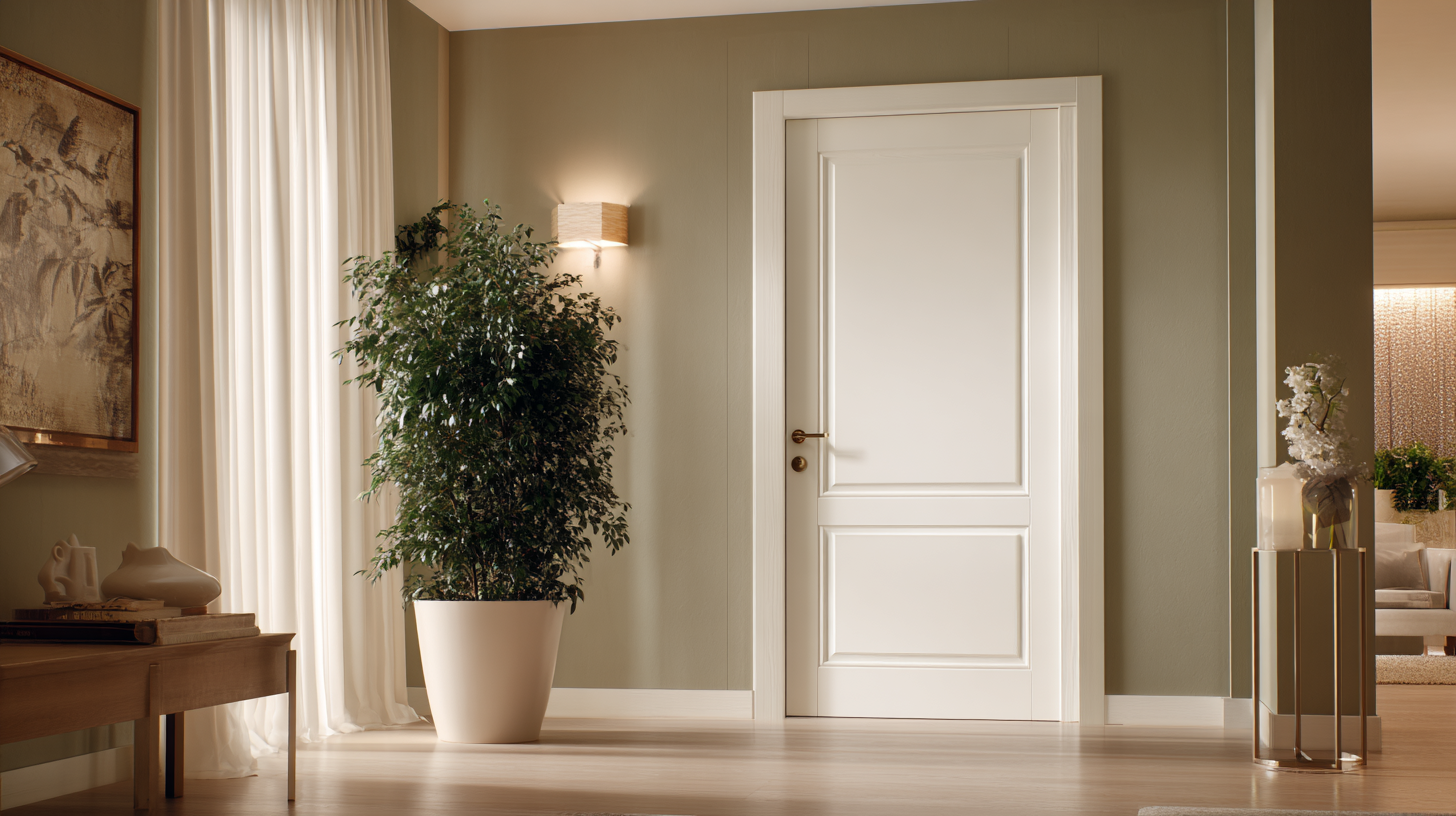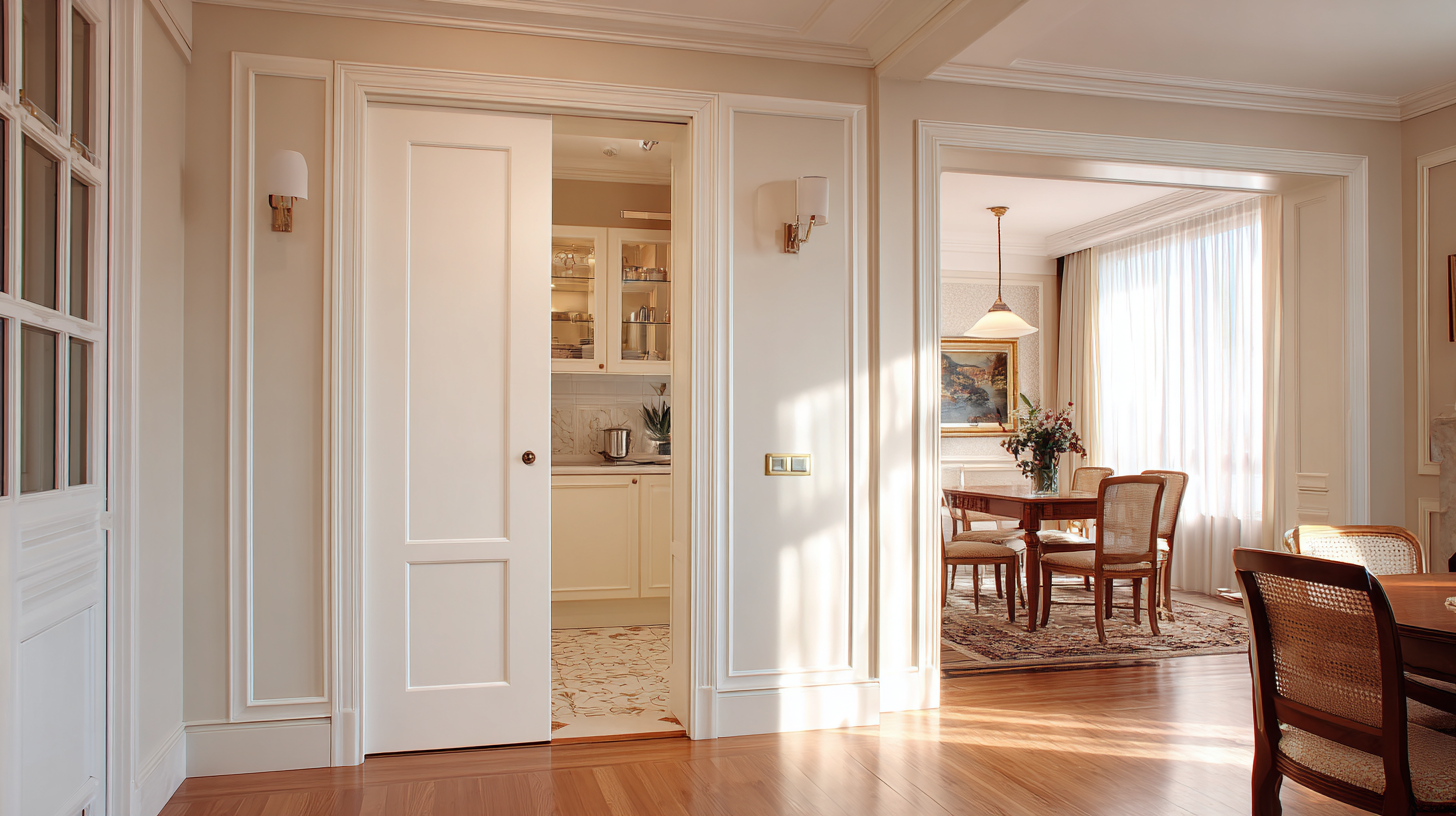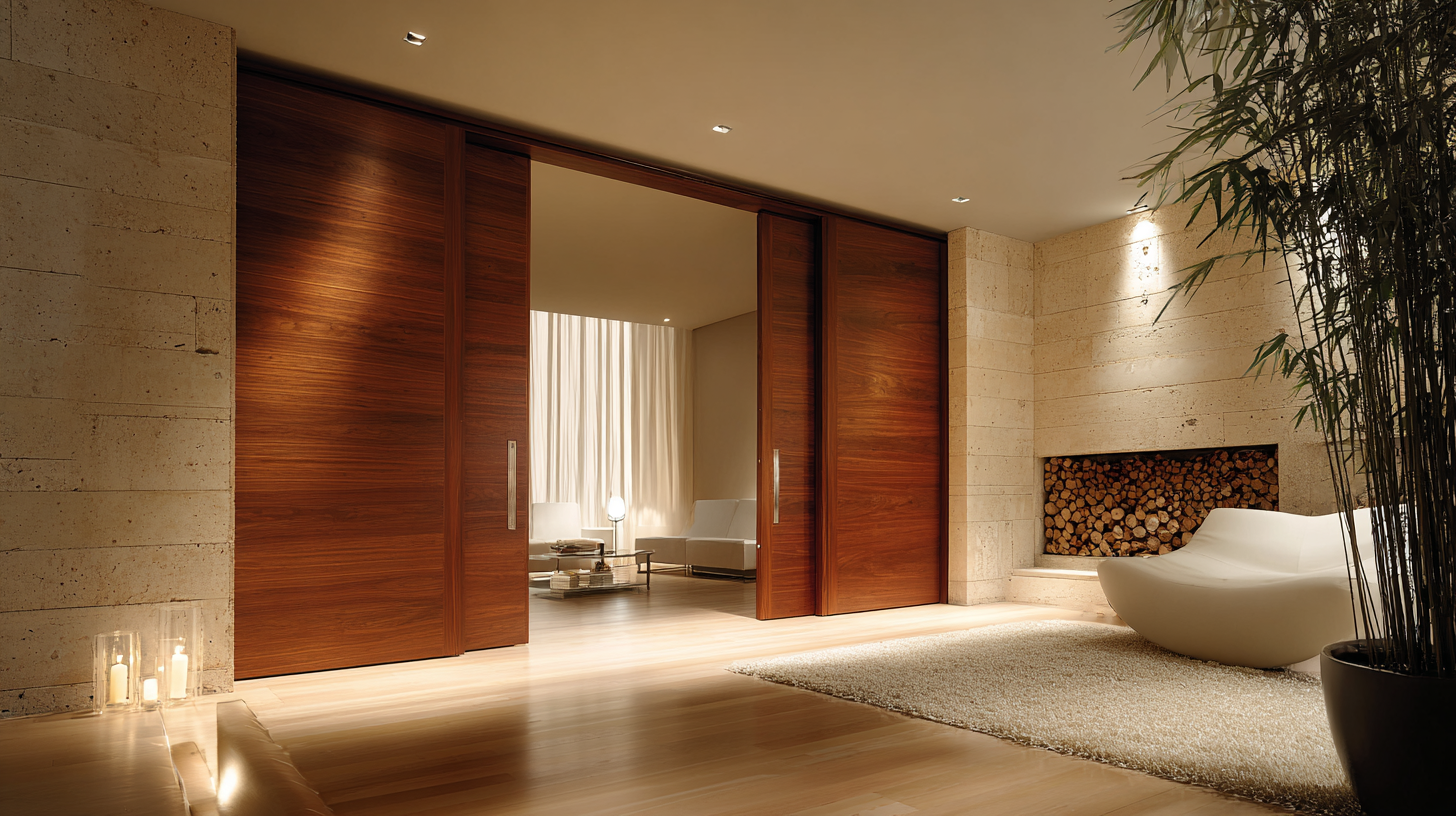How to Choose the Right Made to Measure Internal Doors for Your Home
In today's interior design landscape, choosing the right made to measure internal doors is crucial for both aesthetic appeal and functional efficiency. According to a report by the Home Improvement Research Institute, over 70% of homeowners emphasize the importance of personalized elements in their living spaces, highlighting a growing trend toward bespoke solutions. These custom doors not only enhance the overall look of a home but also provide superior adaptability to various architectural styles and room requirements. With the market for custom doors projected to grow by 5% annually, understanding the right options becomes essential for homeowners seeking to elevate their interiors. In this article, we will explore the considerations and benefits associated with selecting made to measure internal doors that harmonize with your home's style while meeting your practical needs.

Understanding the Basics of Made to Measure Internal Doors and Their Benefits
Made to measure internal doors are becoming increasingly popular among homeowners looking to enhance the aesthetics and functionality of their spaces. These custom doors can be tailored to fit any opening, accommodating unique architectural styles and design preferences. According to a report by Allied Market Research, the global market for customized interior doors is projected to reach $30 billion by 2027, indicating a strong shift towards personalized home features. This trend is largely driven by the desire for greater control over home design and the need to maximize space efficiency.

One significant benefit of made to measure internal doors is the opportunity for improved energy efficiency. A well-fitted door minimizes drafts and heat loss, which can result in lower energy bills. The National Association of Home Builders (NAHB) reports that energy-efficient upgrades can lead to savings of up to 30% on heating and cooling costs. Additionally, custom doors can be designed with specific materials and finishes that enhance durability, ensuring they withstand daily wear and tear while maintaining their aesthetic appeal. Choosing the right made to measure internal doors not only elevates the overall home design but also contributes to a sustainable living environment.
Evaluating Material Options: Wood, Glass, and Composite for Internal Doors
When selecting made-to-measure internal doors for your home, evaluating
material options is crucial.
Wood remains a popular choice due to its timeless appeal and versatility.
Available in various species, wood doors can be tailored to fit any aesthetic, from traditional to modern. They offer excellent
insulation properties and durability, making them suitable for high-traffic areas. However, wood can be sensitive to changes
in humidity and temperature, requiring regular maintenance to prevent warping and cracking.
Glass doors provide a contemporary option that can enhance the
sense of space and light in your home. They come in various styles,
including frosted, etched, and clear, allowing for both privacy and an airy feel. Glass is particularly effective in
connecting indoor and outdoor spaces or making smaller rooms appear larger. However, considerations for safety and energy
efficiency should be made, as glass can be more fragile and may require thermal insulation features.
Composite materials have emerged as a robust alternative, combining various elements
to create strong and lightweight doors. These doors can mimic the look of wood while offering enhanced resistance to
moisture and wear. Composite options are often less expensive than solid wood and require minimal maintenance, making
them a practical choice for busy households. By weighing these material options, homeowners can make informed decisions
that reflect their style and functional needs.
Measuring Your Space: Tips for Accurate Dimensions When Ordering Doors
When it comes to choosing made-to-measure internal doors for your home, one of the most crucial steps is taking accurate measurements of your space. According to a recent report by the Door & Window Manufacturers Association, improper measurements can lead to costly mistakes, with up to 20% of custom door orders requiring rework due to inaccuracies. To avoid these issues, it's essential to follow systematic measuring techniques to ensure that your new doors fit perfectly.

Begin by measuring the width and height of your existing door frame, as well as the thickness, which typically ranges between 1 3/8 inches to 1 3/4 inches for interior doors. Keep in mind that walls may not be perfectly square; therefore, it's advisable to measure in several places and take note of the smallest and largest dimensions. Additionally, ensure that you measure the rough opening, taking into account any trim or baseboards that could affect fit. Industry experts recommend using a reliable level to check for any unevenness, which can impact door alignment and operation. By focusing on these details, you can order doors that not only look good but function seamlessly in your home.
Choosing the Right Style: Contemporary vs. Traditional Internal Door Designs
When selecting made-to-measure internal doors, one of the primary considerations is the style—contemporary versus traditional. Contemporary designs often feature sleek lines, minimal embellishments, and modern materials. According to a report by the National Association of Home Builders, 65% of homebuyers prefer contemporary door designs that complement open floor plans and create a sense of space. These doors can enhance natural light flow, making them ideal for modern homes.
On the other hand, traditional internal door designs evoke a sense of warmth and nostalgia. With their ornate moldings and classic finishes, they appeal to those who appreciate vintage aesthetics. Recent market analysis shows that 35% of homeowners favor traditional styles, particularly in historic or heritage homes where maintaining the original character is essential. Choosing the right design can significantly impact the overall ambience of your space.
Tips: When selecting between contemporary and traditional styles, consider the existing decor and architecture of your home. Additionally, ensure that the doors you choose offer quality materials and reliable mechanisms for durability and functionality. Visit showrooms to see how different styles interact with your home's lighting and space to make an informed decision.
Considering Energy Efficiency and Soundproofing Features in Door Selection
When selecting made to measure internal doors for your home, it's essential to prioritize energy efficiency and soundproofing features. Internal doors can significantly impact the thermal comfort of a space, especially if you live in an area with fluctuating temperatures. Look for doors with solid cores, as they provide better insulation compared to hollow-core options. Additionally, choosing materials with good thermal resistance, such as fiberglass or solid wood, can help maintain a comfortable environment while potentially reducing energy costs.
Soundproofing is equally important, particularly in homes with shared walls or busy living areas. The right internal door can minimize noise transfer, enhancing privacy and peace in your home. To improve sound insulation, consider doors that have acoustic seals, which help block sound when closed. Another tip is to opt for thicker doors, as they inherently obstruct sound better than thinner counterparts.
Tips: When assessing door options, always check the manufacturer's specifications for sound rating and thermal performance. Consider adding door sweeps or weather stripping for additional sound and draft protection. Finally, if possible, test the door samples in your space to evaluate the impact on both sound and temperature before making a decision.

